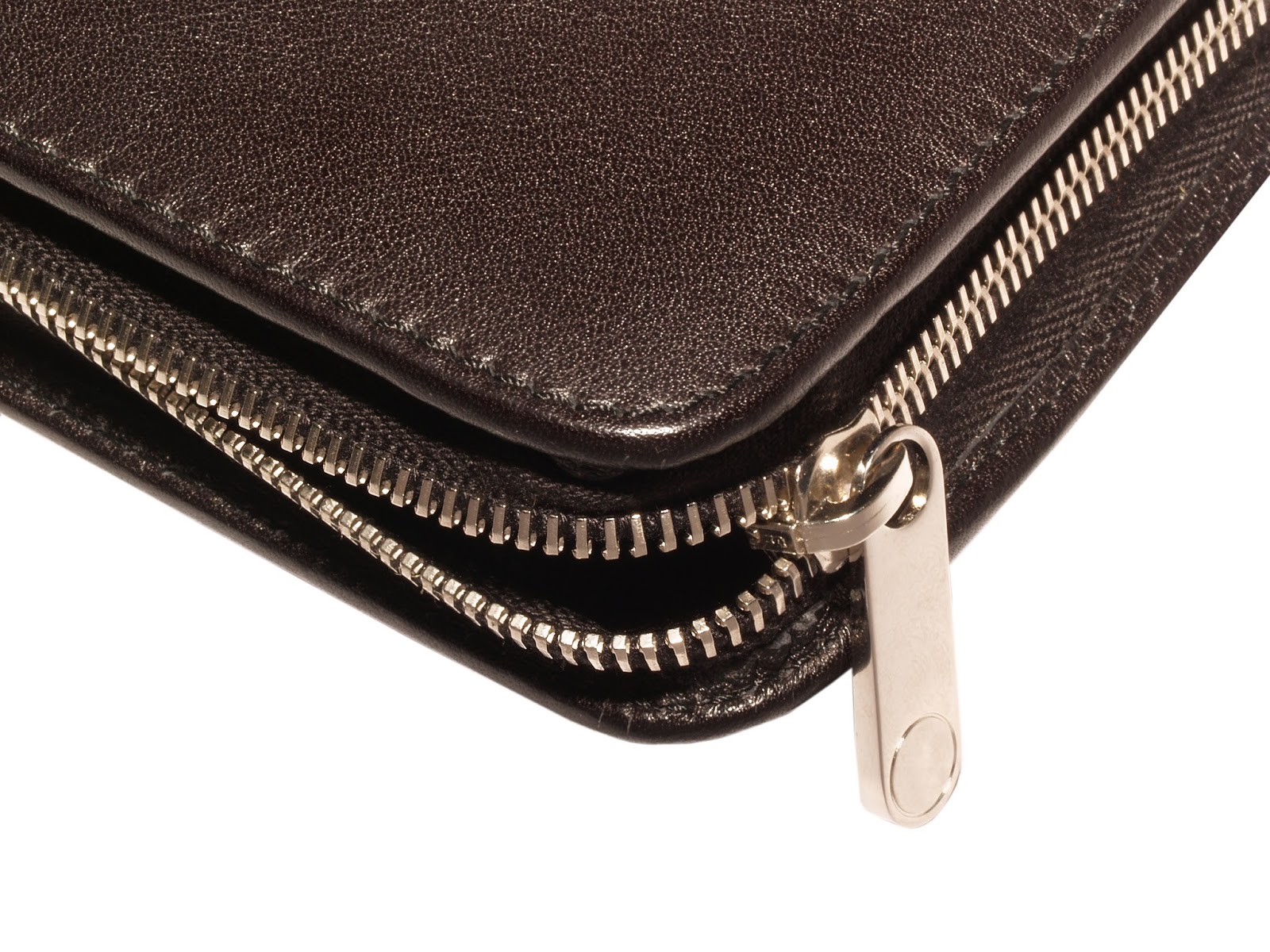
The In-Person Portfolio Review
Thursday, September 5th, 2013
-By Lauren Panepinto
With Illuxcon opening next wednesday, I wanted to go in depth on a topic I touched on in the last post, Approaching Art Directors. I want to talk a little bit about one of the most dreaded hurdles of breaking into the industry as an artist: the In-Person Portfolio Review. If the thought of opening your book in front of an artist you admire or an art director you want to work for gives you nausea and cold sweats, this post is for you.
As I’ve said before, this is my opinion on the topic, honed through much experience, many art director round tables, and a lot of drinking with other art directors when no artists are around. I don’t speak for every field of art, nor for every art director, so do your homework if you’re targeting a specific client.
Some things to consider:
Office or Convention: If you’ve been invited to show your portfolio at the office, then rejoice, because we’re all busy and overworked, and it must mean either we like your online portfolio quite a lot, or we like the person that recommended you quite a lot. Be prepared for the AD to have an extremely messy desk, and to be interrupted 23 times mid-review. If you are at a con, expect to have a gigantic info-dump of feedback, and have less than 5 minutes to ask questions. It’s the speed-dating of portfolio reviews.
Attire: Again, this is where it helps to know your client a bit. If you’re going into a more formal office environment, it might pay to dress business casual. But for most art departments, and definitely at cons, formality matters much less than personal style. Unless formality is your personal style, then by all means, rock that suit. Or unique dress. Or awesome pair of Lord of the Rings leggings. Not everyone is into fashion, however, so neatness is a good rule of thumb. And personal hygiene. And pop a breath mint before you go into the review. Trust me, ADs appreciate it. When someone knows nothing about your work ethic, it’s human nature to judge a person’s attention to detail in their work by people’s attention to detail in their person.
Bring: Your portfolio (duh, I know), breath mint, pen and paper for notes, just in case.
Greeting: Again, ADs tend not to be too formal, but a handshake is a good opener. Do you have a good one? Not to be sexist, but ladies tend to have a harder time with this. Practice. No, seriously. And have an opening line ready. For example:
“Hi Irene, nice to meet you, my name is Lauren Panepinto and I’m an illustrator. I graduated from SVA 4 years ago, and I’ve been professionally freelancing for the last two years, mostly for Fantasy Flight Games. I’d love to work with Tor and would really appreciate some honest feedback on my work.”
(Of course, if you ask for honest, make sure you’re ready for honest. That’s a whole other blog post.)
Portfolio Medium: I don’t care if your work is printed or digital. I care about ease of seeing the art without the packaging getting in the way. If you’re doing prints, make sure you have good quality prints with accurate color. If they’re in a standard black book with sleeves, please don’t use the super glossy pages, they shine too much to see the work. Especially under crappy convention center fluorescent lighting. Don’t go overboard with the size, make it an easy size to hold and rotate if necessary. I would say no bigger than 11×17″. Do not put your originals in the pages, unless you have a very good reason. We need to see how your work reproduces.
As for digital, iPads have become increasingly common and they’re great for seeing color. Just do yourself a favor and download a portfolio app, don’t just have an album in your photostream. I have an innate skill for accidentally finding your cute dog pics. And while I appreciate cute dogs, and cats, and kids, you don’t want me to get distracted. Especially in the speed-portfolio rounds at a con. I’m a fan of Minimal Folio but I know there’s tons of options out there. Just make sure you can still zoom into the pieces at least 200% without getting too pixelated.
Vertical vs. Horizontal: This one comes up constantly. If your portfolio is a manageable size, I don’t have a problem physically rotating the book/iPad to go back and forth. Better that than having a print portfolio with big vertical pieces and teeny horizontal pieces printed on a vertical page, which I see people do all the time (I hear art schools are teaching students to do this, which I think is odd). I’d rather see the art full size than smaller just to fit on the page in the same direction. However, you need to really consider your flow, whether print or digital, vertical or horizontal.
Amount and Order: There’s a ton of debate over these issues, and this is really my personal opinion, but I’ve always felt that 10-12 pieces, stacked with your best work first, is the way to go. Also, it’s better to have less pieces of higher quality than to have 6 great pieces and 6 mediocre pieces. ADs say it all the time, we judge you by your best work, but hire you by your worst work, because we have to be ready for the worst case scenario.
Discussion: Generally it’s a good idea to give the AD a chance to flip thru your book and get a feel for your work overall before you get too deep into explanations, but you don’t have to sit there in silence either. You can say something along the lines of, “Would you like some background on the work?” Everyone is kind of different on this one, but remember, we’re trained professionals, if we have a question, we’re not going to be shy about asking you. But too much chatter leads to excuses, and the one thing you should never do is make excuses for your work. You can explain limitations you might have had, or give some background to the work, but never never never say things like “That one didn’t turn out as well as I had hoped.” or “The hands are wonky.” or my personal pet peeve, “The color on this one didn’t print very well.” Trust me, we’re going to see your faults, you shouldn’t call attention to them.
Another big no-no is arguing. You’re asking someone for their professional opinion. You owe it to them to listen. You don’t have to agree with them, or follow their advice. You can ask for an explanation, and of course, ask questions, but don’t argue. I’ve gotten absolutely horrible advice given to me by ADs and artists whose work I really love, and I totally ignored it. But I didn’t try to convince them they were wrong.
Leave-Behinds: Definitely have a business card ready. Postcards are fine too, but not mandatory. Again, I’m a digital person so printed pieces are just a means to get your website into my computer. Whatever you do, make sure it impresses. Whether it’s your best portfolio image, a selection of images (Moo cards are great for that, but good lord, don’t use the teeny ones, they always get lost), or just a cool promo item, make sure it’s something YOU would want to keep on your desk. Honestly it’s a little girly, I know, but one of the most effective promos I got from an artist was an emory board with her art on it. I use that thing all the time!
Follow-Ups: At the review, you will have probably gotten the AD’s card, but sometimes we forget or run out, so make sure you write down our email address (remember, I did say bring pen and paper). A few days after your review, send a short thank you email with a link to your work, and a low-res jpeg of any pieces you think the AD responded well to. Often I will tell someone in the review to email me a specific piece or pieces after the review. That’s a really good sign. Again, whip out that pen and paper if you need it to remember.
Remember: By asking for a portfolio review, you’re asking someone to make a mostly-gut decision about you, so it pays to control as much of your message and presentation as you can. That said, you get almost infinite do-overs. Over the five years I’ve been involved in the SFF art community and doing reviews at cons, I’ve seen many artists grow from portfolio review to portfolio review. I am always happy to have a conversation and re-review people’s books as they grow.
Good Luck! Hopefully I’ll see a lot of you at Illuxcon next week! If you didn’t get an official review slot with every AD you wanted, review my last post and come find us.
Illuxcon banner by Dave Palumbo
Spectrum Fantastic Art Live banner by Gregory Manchess
portfolio photos by Shutterstock



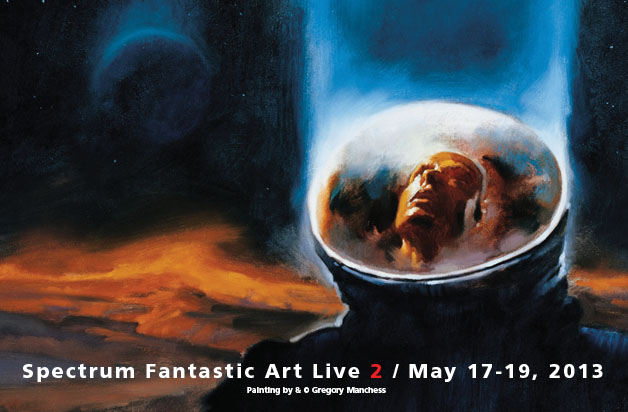

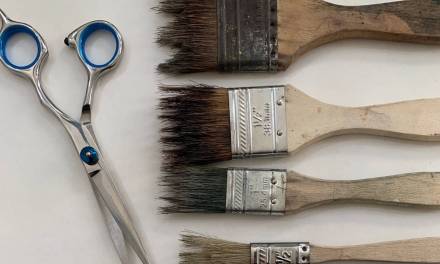

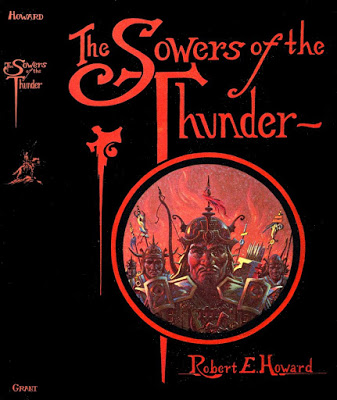
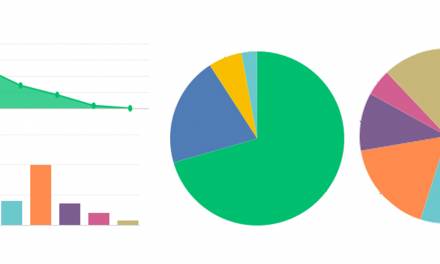

Thank you thank you for clarifying the vertical vs. horizontal thing. I've been told by multiple people that art directors dislike having to rotate a portfolio to look at horizontal art. But they must also dislike squinting at horizontal pieces squished onto a vertical page. It never made sense to me why rotating the portfolio is such a big deal.
it's only a big deal if your portfolio is gigantic. many a coffee cup has soaked a portfolio that way
How about cornering an AD for a non-professional review? I'm aspiring, but I'm not quite there, I know mileage may vary, but do you have any thoughts for art students and self-taught wilders who have it in mind to see where they need growth by getting their portfolio's reviewed?
That seemed like terrible english but i'll let it live.
Hey Lauren,
All excellent advice across the board. From the presentation through the leave behind — making an impression in a short period of time is difficult when your on the spot. I feel, after reviewing many portfolios — following up as you mentioned is equally important to keep you in mind for future possibilities.
Another great post, thanks Lauren!
I had no idea that rotated images were acceptable in a portfolio. Thanks for clarifying!
well by professional review i mean a professional is reviewing your work. I always tailor reviews to the stage that the artist is at. That's why I recommend starting off with saying where you're at in your introduction…
it's all about the flow…sometimes when you've been working on a book so long, it's hard to take a step back and see it fresh, so i'd ask some friends to look at it, some artists, some not, and tell you where it feels awkward to them.
So Jon Schindehette at Art Order posted this: http://theartorder.com/dealing-with-no/
which pairs this article with one from Levon Jihanian – a great one on what to do post-review from an artist POV. definitely read!
Thanks Lauren! Great tip with the portfolio app 🙂
Thanks for this post Lauren!When i will have the chance to come there from Italy, i will be prepared! 😀
Let me slap on my Art Director hat (it has horns) and add something. There are two types of portfolio reviews: those to pursue work and those to get critiques and tips to improve. Two very different goals that—unfortunately, I think—have gotten mushed together more and more frequently lately. My opinion—and it's only mine and Lauren may disagree—is that you don't go to art directors for critiques of your portfolio. Period. In those circumstances, whether meeting in their office or at a convention, you're intent is to show them your best work and impress them so much they'll want to work with you; to convince them you're a pro (even if you're early in your career) who can deliver if they hire you. If you're seeking tips and critiques and ways to improve your art, seek out artists you respect and/or educators. You do not get a chance to make a first impression twice with the people you want to work for so whatever you show an art director you want them to remember in a good way. Again, IMO. 🙂
And…I meant to type “your intent”. Another reason I'm not in the proofreading dept. 🙂
oh i absolutely agree that there's two types of reviews…but i think they mush together sometimes because it's more, people come to you with “hey look at my book can I work for you?” and if the answer is, not yet, then they want to know why, and what their next step would be to getting there. so then you kind of get into the critique part. I definitely don't go there for everyone, and rarely in the quickie con reviews, but you can tell when someone is really looking for an honest crit